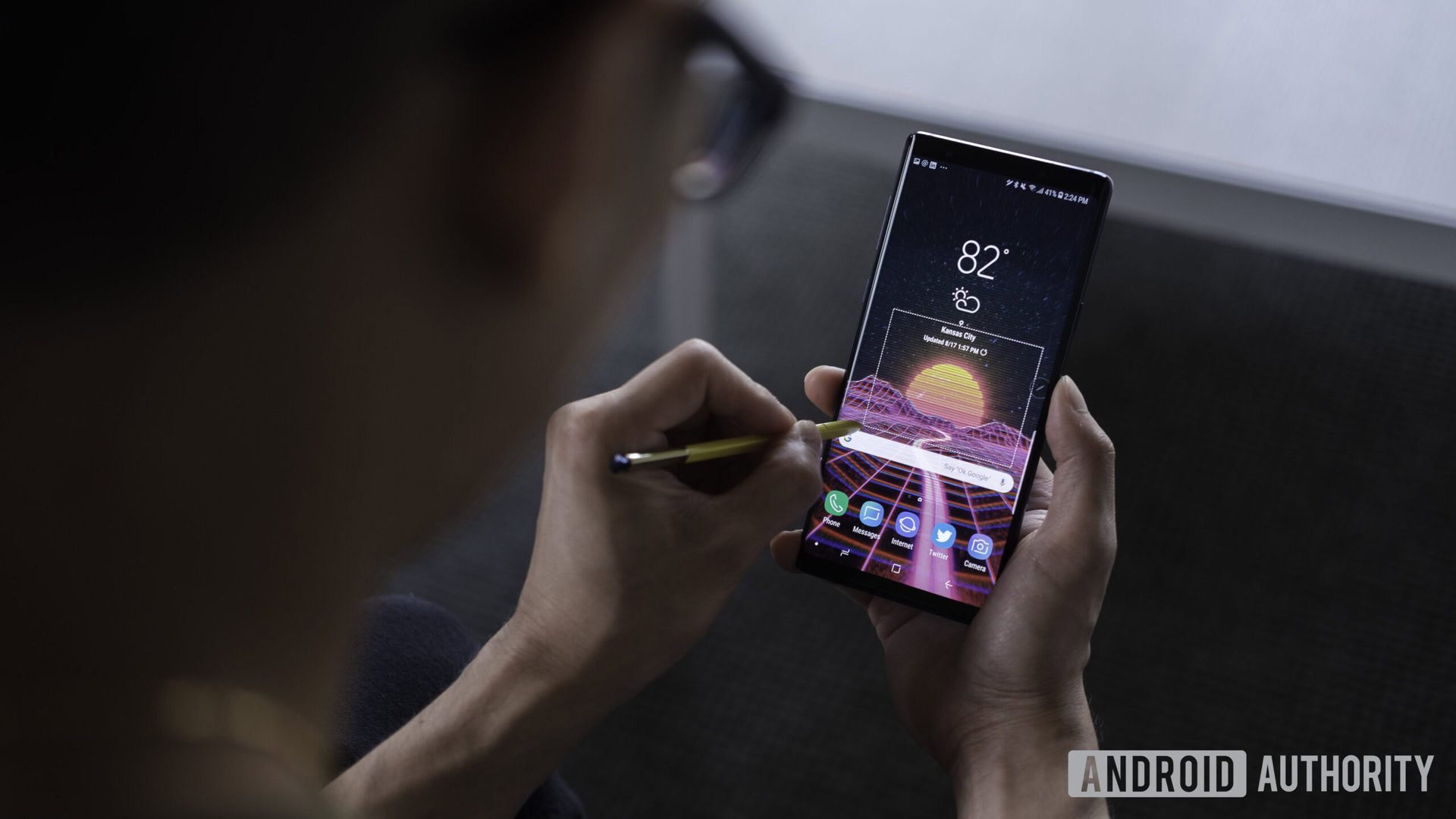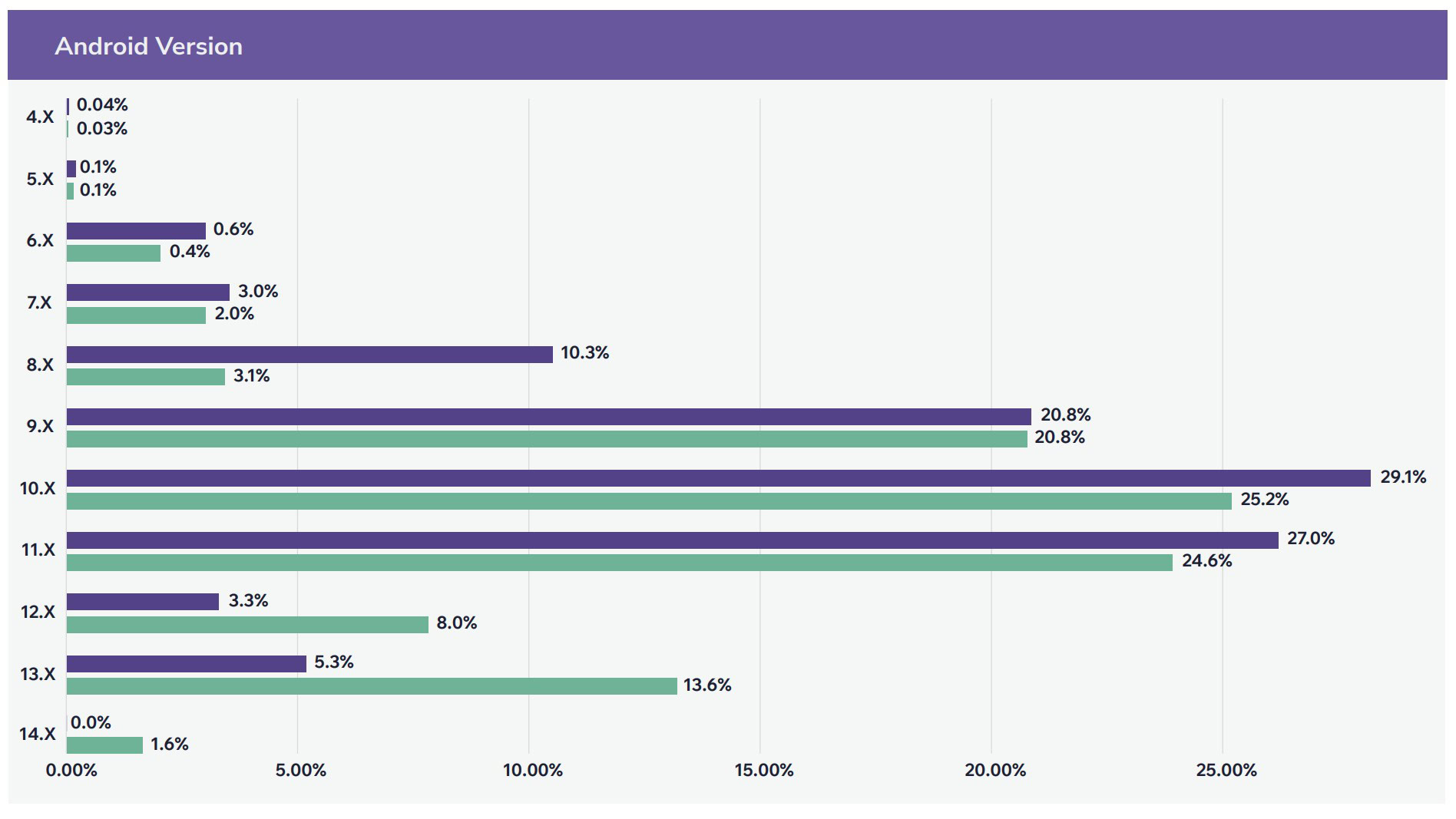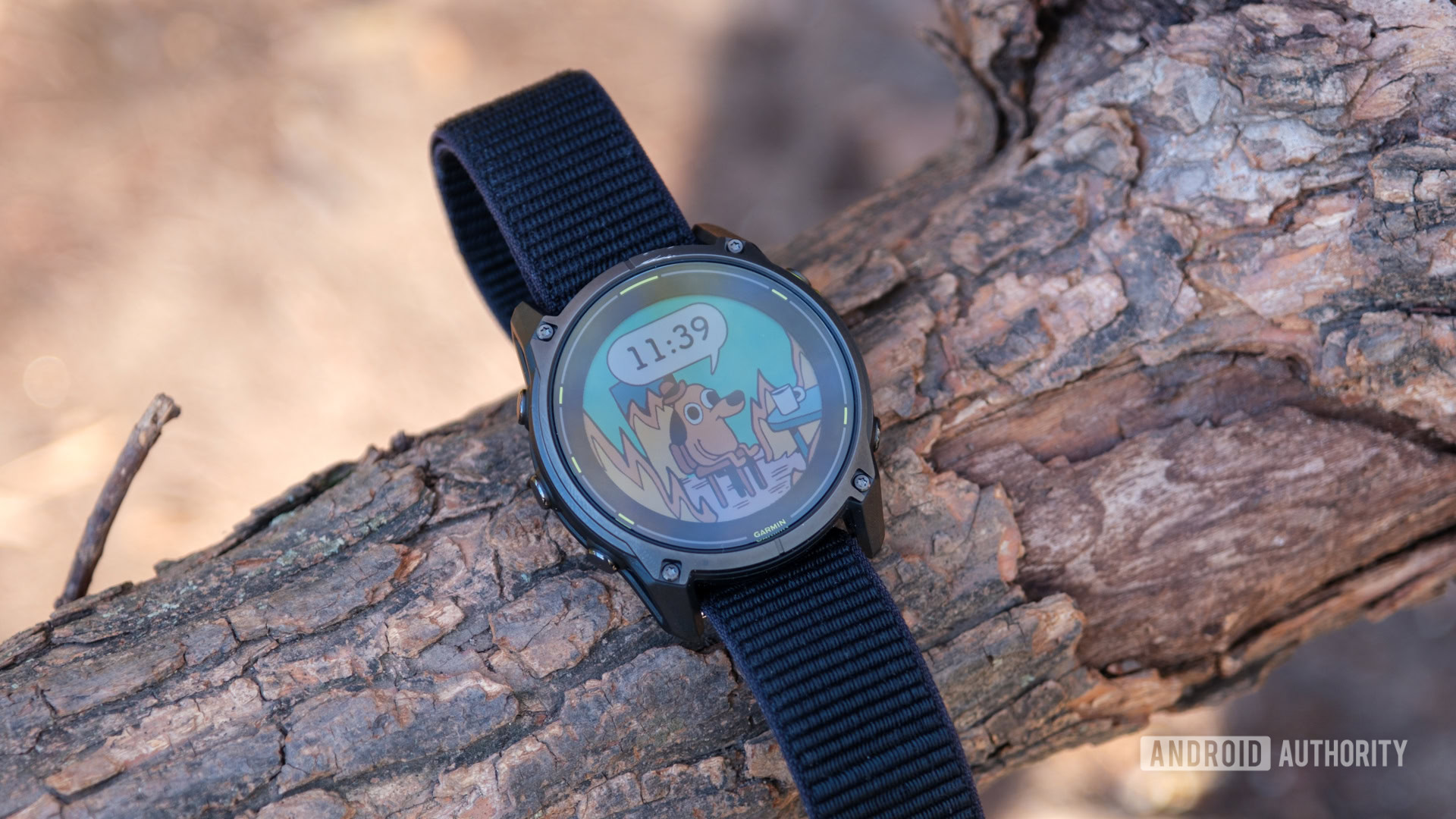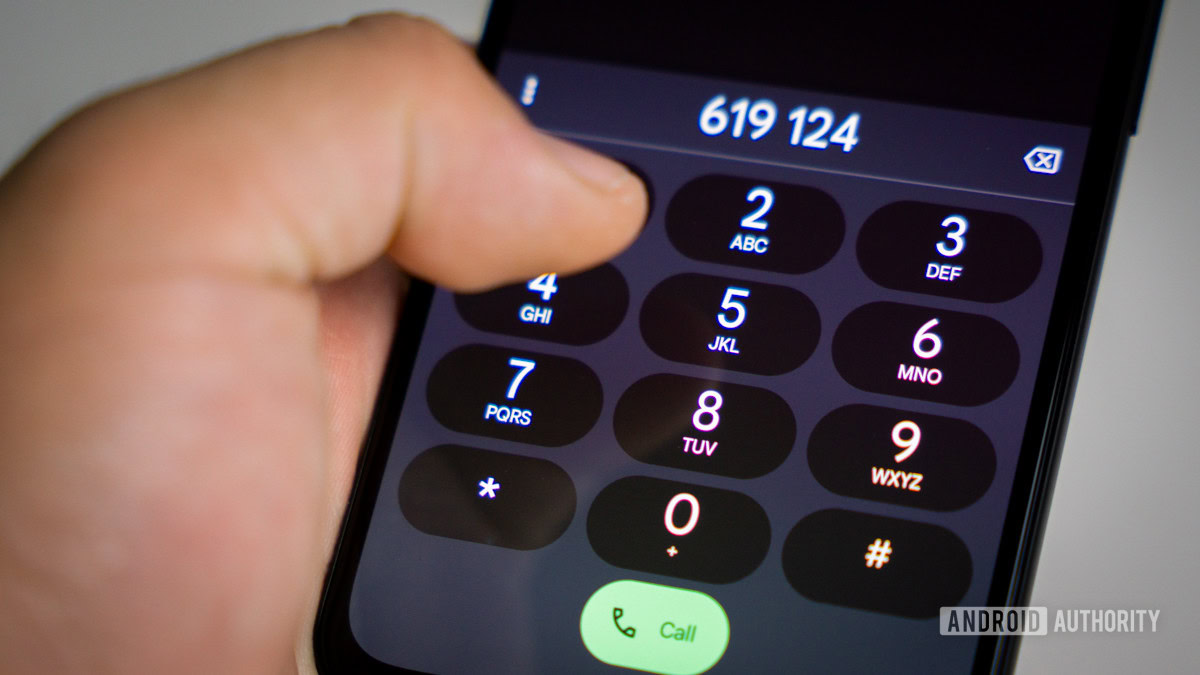
TL;DR
- Companies with a fleet of managed Android devices are slowly moving to Android 12, 13, and 14.
- Over a third of managed devices used by businesses are locked down to a single Android app.
How much anxiety do you feel when your phone’s not running its platform’s most recent software? Knowing that there are all these performance updates and security fixes out there that you don’t yet have access to? Android nerds like us fondly remember back when Google regularly shared statics on Android platform distribution, giving us a bird’s eye view not just at who’s running the latest and greatest Android, but how many people out there were still stuck on a version from years and years ago. We still get the occasional update through Android Studio, and now we’re checking out what might be the next most useful point of data after that, with a report on the state of managed devices from Esper.
Esper shares its most recent analysis, looking at how companies in industries like hospitality, education, and retail sales employ Android devices. These could be phones, point-of-sale terminals, or even digital signage. But if it runs Android and it’s part of a company’s device management program, Esper is interested.
Before we go any further, it’s worth a reminder to look at this data in the proper context. We’re not talking about Pixel phones where you can go out and install the latest Android beta the day it’s released. Hardware like this tends to be heavily controlled, and companies that rely on their employees using these devices aren’t going to risk breaking their whole operational flow just to keep up with the latest patches. That means we’re absolutely going to see the players here lagging behind your expectations. That said, the trends we can see in how that sort of lag shifts over time are a bit more interesting.

Would you have guessed that Android 10 still dominates among managed devices? Year to year, it’s clear that industries are investing in modernizing the software their Android devices run, but there also appears to be a lot of stagnation in the middle of the pack. We could write off the Android 6 and 7 hardware you see here as doomed to never evolve, but companies running Android 8 seem to have been feeling the fire on their feet to upgrade. That’s a trend that continues to a lesser extent with Android 10 and 11, with those just new enough for operators to largely feel satisfied sticking where they are for now. Really, it’s Android 9 that seems the most “stuck” here, and it may be another year before companies experience real pressure to abandon it.
Most of the rest of the info in here is very specific to businesses, but there are quite a few interesting factoids to dig up. For instance, you shouldn’t be surprised to learn that companies running iOS keep their managed devices a whole lot more up to date. The share of Android models running full Google Mobile Services (GMS) is pretty consistent around 75%, but there’s a curious rise in the number of companies locking their hardware down to kiosk mode — meaning they become basically single-app devices. While that was plenty common already, this year it jumped from 16% to 37.8% of devices Esper’s watching. Just think about that the next time you take your phone’s multi-tasking abilities for granted.
Got a tip? Talk to us! Email our staff at [email protected]. You can stay anonymous or get credit for the info, it's your choice.







 English (US) ·
English (US) ·